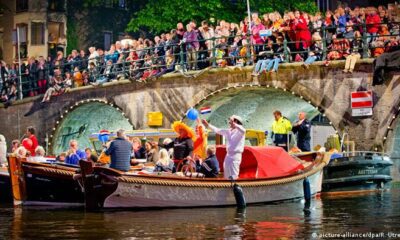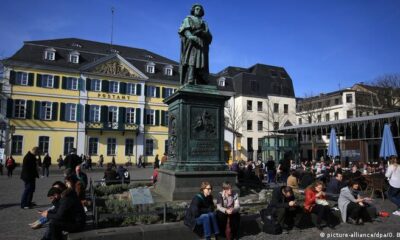500 kilometers of silt landscape stretch out in the North Sea off the German, Danish, and Dutch coasts. It is the largest tidal flat area in the world. It has been a UNESCO World Heritage Site for ten years.
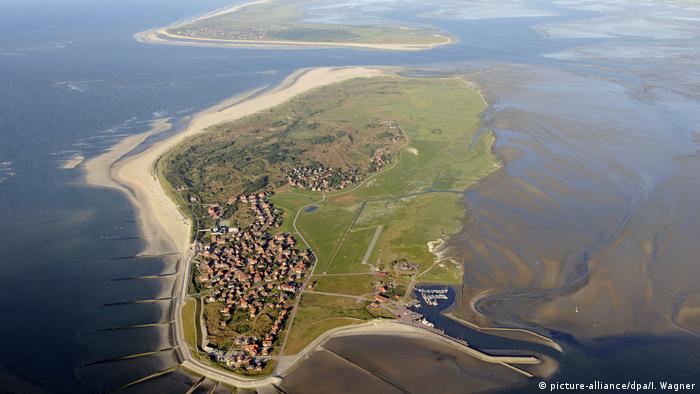
Living to the rhythm of the tides
Popular holiday destinations in the Wadden Sea are the many islands off the North Sea coast. Here Baltrum, the smallest of the East Frisian islands. The same for all islands: The mudflats stretch between the side facing the mainland and the coast. The water retreats twice a day at low tide. Then you can step on the seabed – without any diving equipment.
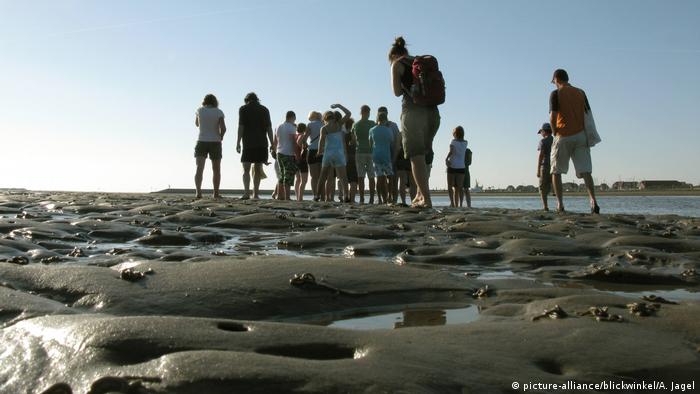
Barefoot in the mud
On a guided hike with a ranger, you can learn a lot of interesting facts about the inhabitants of this extreme habitat: a lugworm, for example, shifts around 25 kilograms of sand every year and thus supplies other sea creatures with oxygen. In total, more than 10,000 animal and plant species live in the mudflats, including fish, shellfish, and birds.
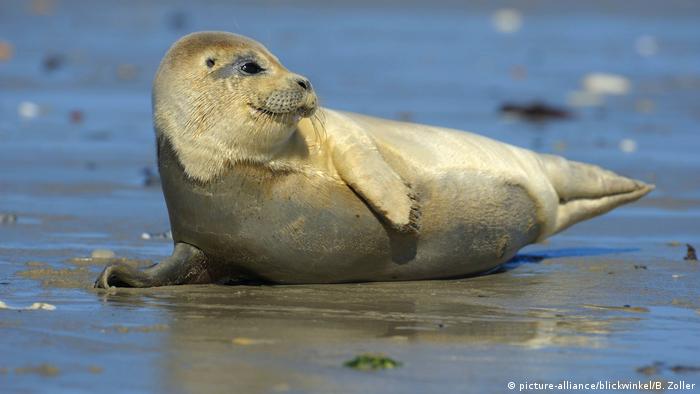
The most photographed residents
Everyone wants to see them: seals. The sandbanks of the Wadden Sea are their home, not only do they lounge around lazily in the sun, this is also where the baby seals are born. This is the case between early June and July. Excursion boats then take tourists out to the seal banks at a respectful distance.
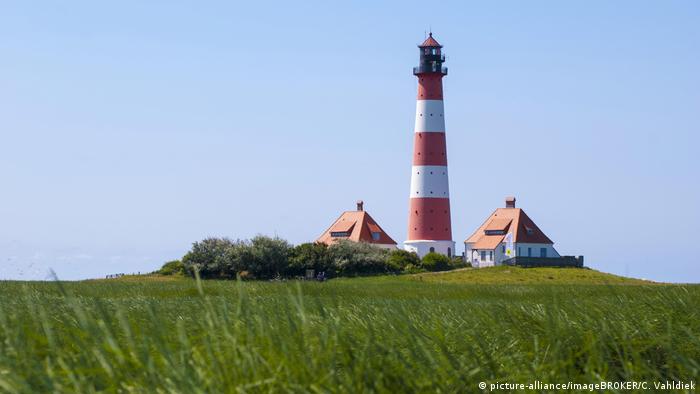
Green Wonder
The mudflats and water are not the only things that make up the ecosystem of the Wadden Sea. Dunes, beaches, and salt marshes also characterize the landscape. Especially the plants of the salt marshes are true survivors – they are regularly flooded by the sea. A perfect resting and breeding area for many bird species. Always good: a pair of binoculars in your luggage.
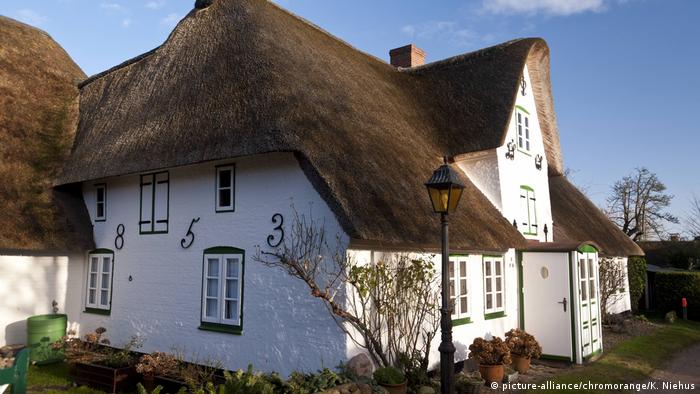
House by the sea
Thatched gabled houses with low roofs that protect against the harsh wind are typical of the German North Sea. Many are rented out as holiday homes. This pretty specimen is on the island of Amrum. The roof is made of reeds, the so-called thatch, which grows almost before the front door. Covering such a roof is a craft that only a few have mastered.
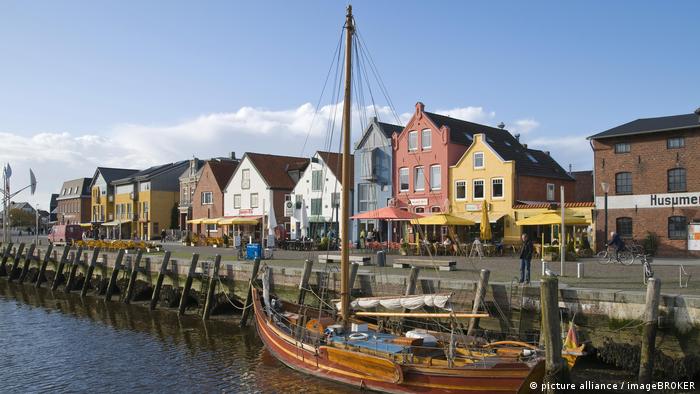
Port cities
Many places on the coast look back on a long tradition as port cities. This also applies to enchanting Husum. The inland port has existed since the Middle Ages. Today, tourists cavort in front of the maritime backdrop. Restaurants have moved into the old warehouses. First a stroll through town, then out into the mudflats – that works wonderfully in Husum.
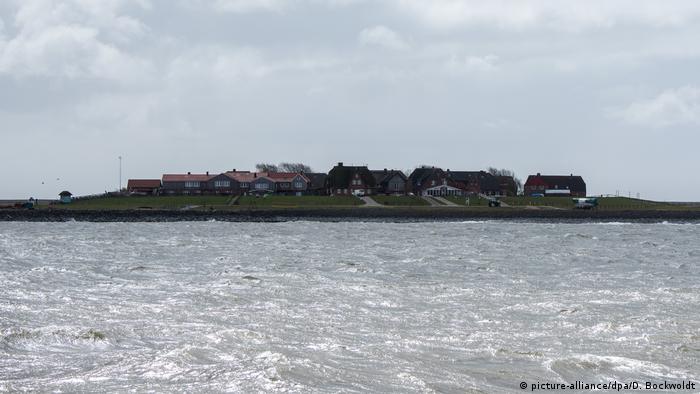
The Halligen
From Husum, for example, you can visit the Hallig Hooge, which can only be reached by boat at high tide. A tiny patch of land at the mercy of the natural elements. The residents traditionally build their houses on so-called mounds to protect them from storm surges. When it says “land below”, only the mound can be seen from a Hallig. The rest is flooded. Living here clearly takes courage.
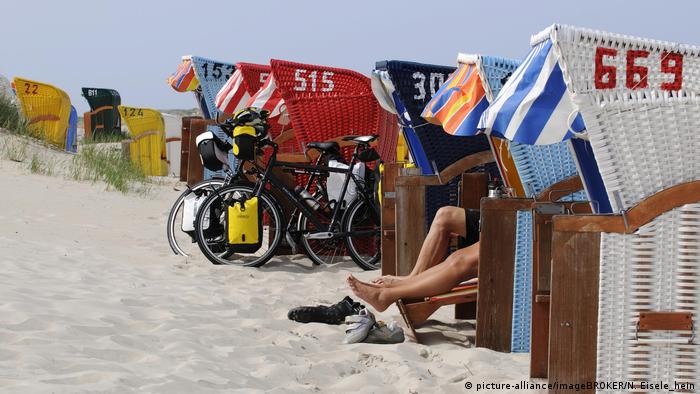
Finally holidays
Life on the islands is much more relaxed. It promises pure summer fun. The islands’ miles of fine sandy beaches are reliably fully booked in the summer months. And the beach chairs as well. Here you can nap sheltered from the wind, put your feet up or have a snack. A mini house by the sea.
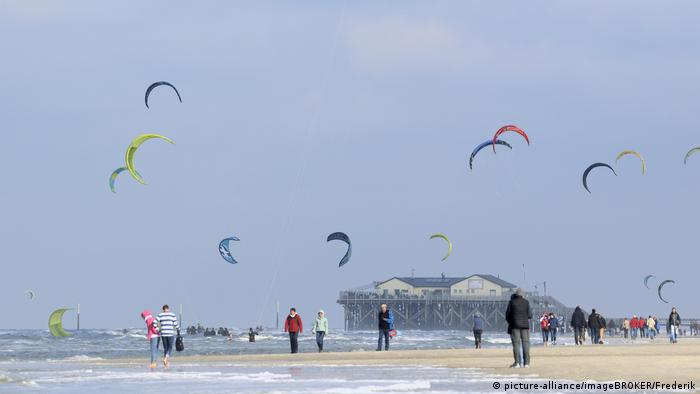
Wind and waves
Sailing, surfing, diving, and swimming, the Wadden Sea leaves nothing to be desired. Kite surfing is particularly popular, like here in St. Peter-Ording. But there, where birds and seals have their protection zones, there are special requirements for athletes. You will be assigned special areas marked by buoys. The water police check whether the athletes stick to it.
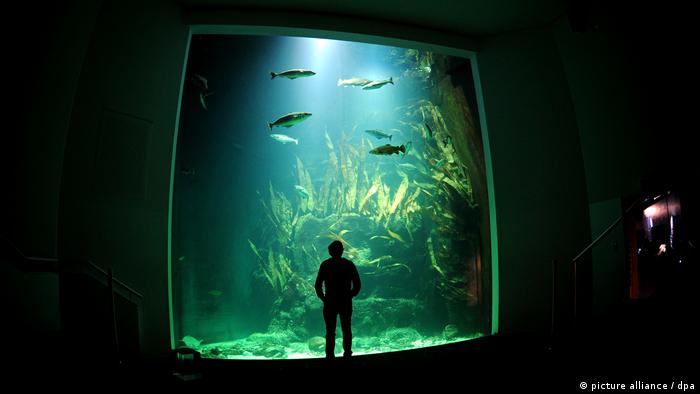
The wonderful world of watts
If it rains – which happens more often – the Multimar Wattforums in Tönning is a good address. It is the largest visitor center for the national park and the Wadden Sea World Heritage Site in Schleswig-Holstein. Highlights are the 37 North Sea aquariums with 280 animal species, the real sperm whale skeleton, and the diver who feeds the schools of fish in the large aquarium twice a week.

Must See
-




Tips
/ 10 months agoTen reasons for Amsterdam
Amsterdam mainly celebrates April 27th in Orange. The king’s birthday is traditionally celebrated with a...
-


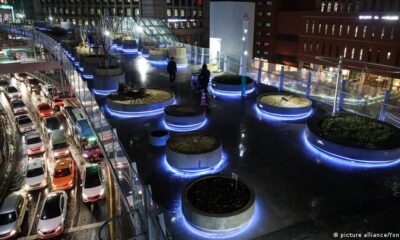



Tips
/ 11 months agoTen travel tips for South Korea
A country between high-tech and tradition. A visit to East Asian South Korea is worthwhile...
-


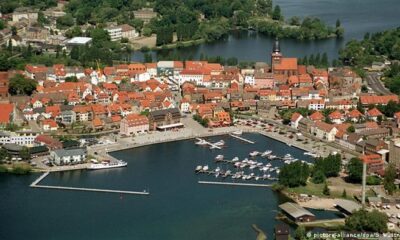



Tips
/ 11 months agoTen reasons for Mecklenburg-West Pomerania
No other federal state has as much water as Mecklenburg-Western Pomerania. Baltic Sea waves wash...
